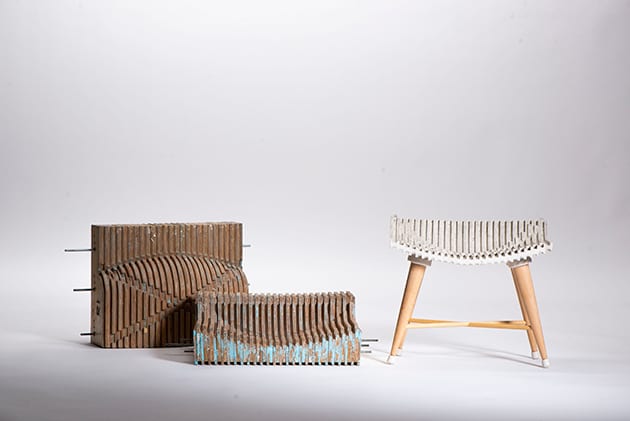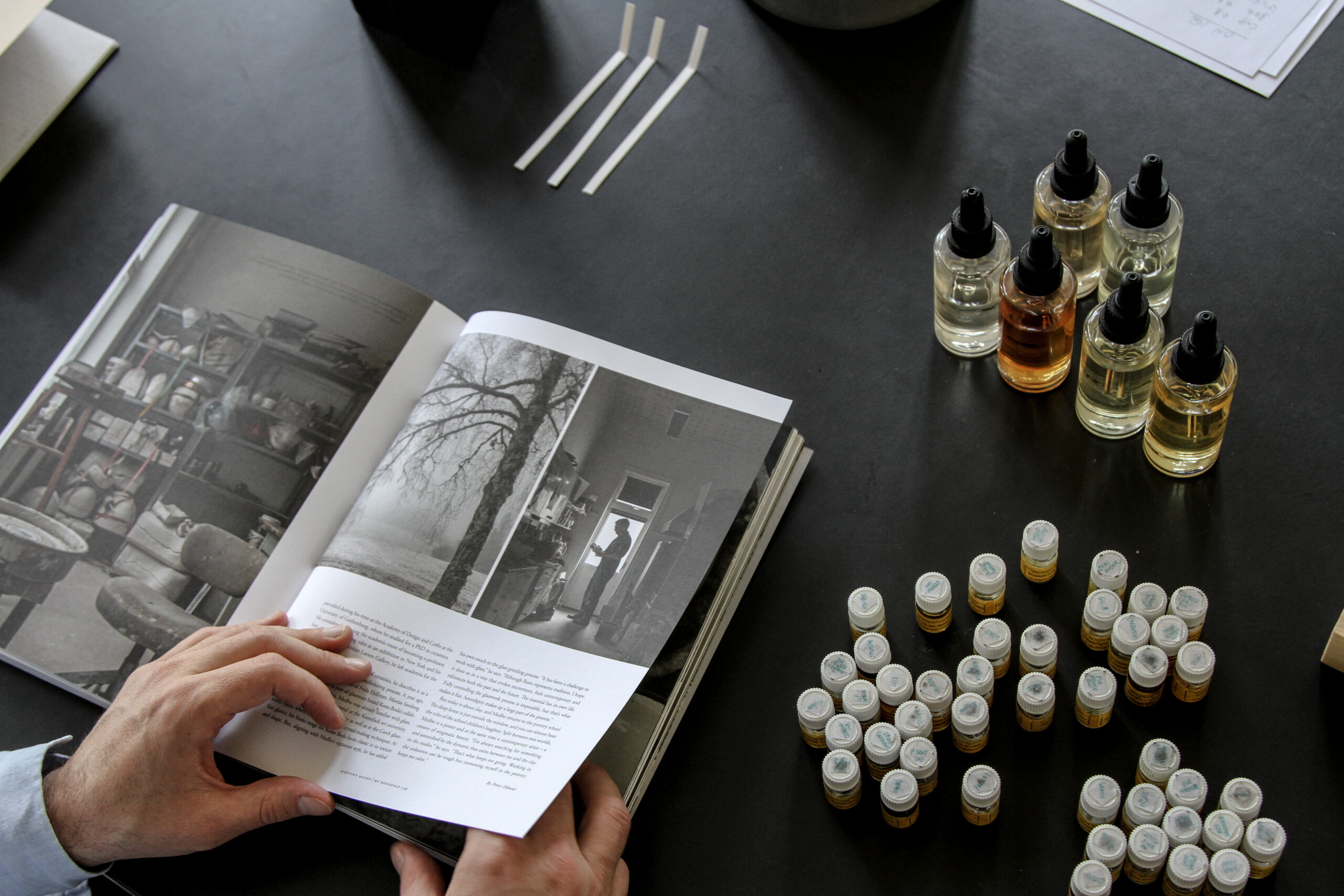 |||
|||
Established 34 years ago by pioneering design campaigner Peta Levi, New Designers (26 June – 6 July) is London’s launch pad for fresh talent and cutting-edge design. Acting as a catalyst for fame and place for innovative inventions, the two-week celebration attracted the next generation of visionaries from over 170 courses worldwide. We caught up with New Designers and 2019 Hallmark New Designers Award winner Sarah Batchelor to find out more.
 Sarah Batchelor won the 2019 Hallmark New Designers AwardCould you share how your journey began? When did you set up your studio?
Sarah Batchelor won the 2019 Hallmark New Designers AwardCould you share how your journey began? When did you set up your studio?
I’ve just graduated from the University of the West of England (UWE) with a first class hons in Interior Design. I chose this university after having an eye-opening interview with the head of the course. It was refreshing to hear someone speak about design in a way that I have never been able to put into words. After the interview I was sure that this was the university I wanted to study at.
Before university I would have never believed that my career could be something I love so much, let alone win the 2019 Hallmark New Designers Award. I couldn’t have done this without the encouragement and support of the staff at Bower Ashton. They have given me the confidence to design for what I believe in, which is one of the most fantastic feelings in the world.
What is your design ethos?
The Paper Denim Chair reflects my design ethos. It stems from my constant fascination with our natural world and preserving its beauty and balance. Never before has this issue been more relevant and urgent. The thought that my generation will in all probability be the last to know the world as it is today, unless human habits change, is a scary and sad thought. Raising awareness and helping to find solutions is at the core of my design practice.
 The making of Paper Denim Chair
The making of Paper Denim Chair
What new product/s did you show during New Designers?
At New Designers I presented two different projects: One was my Paper Milk Bottle Lid which has seeds embedded into it. The idea was to harness the power of consumerism as a tool to help our environment grow rather than pollute it with plastic alternatives. The second project stemmed from the Paper Milk Bottle Lid was my Paper Denim chair. They both share the same ethos of preserving our environment. The core of this project was turning useless waste to useful matter. Again, harnessing consumerism and turning it into a positive.
I created a chair that raises awareness of the impact of our throw-away society. It’s made from waste materials to show how waste can be transformed into something desirable. The action of sitting on a chair provides a haptic experience which increases the emotional attachment and, therefore, the interest in it. This helps relay the message. The main focus of the chair is the material its made from, thus the history of the materials should dictate the form of the chair. As it consists of paper and denim, there is a history of both materials to combine.
 Paper Denim Chair raises awareness of the impact of our throw-away society
Paper Denim Chair raises awareness of the impact of our throw-away society
Paper sizes come in the standard A range, so basing the footprint of the seat on an A3 piece of paper is one way that I have linked the paper history into the design. One astonishing fact about denim is that it takes 2,000 gallons of water to produce a pair of jeans. This translates to 0.27 gallons of water for every cm2 of denim. This key number of 27 is represented in the chair’s curvature and total number of ribs.
The concept of being able to recycle paper and denim is exciting. During this project I have created two combination methods; laminated sheets, as well as mouldings from pulp. My initial tests explored the lamination option, which were very successful and could be carried forward to create sheet materials for use as panels or worktops. I chose to move forward with the moulding option because I really wanted to show just how versatile paper and denim can be since it can take any shape when in pulp form, thus increasing its scope of uses and echoing my manifesto of “useless waste to useful matter” to the fullest.

What inspired you to create a piece from waste materials? How did you achieve this?
I’ve always been interested in sustainability as I believe our natural world is so beautiful. The more I researched waste, the more I discovered just how detrimental some industries are, even ones I initially thought weren’t particularly damaging. This increased awareness fuelled my desire to find a solution. One of these was denim. The documentary Dirty White Gold was an eye opener to the wide negative effects the cotton/denim industry has.
“Nearly 300,000 Indian farmers have committed suicide to get out of debt since 1995. A good number of them are cotton farmers – stuck in a cycle of debt involving banks and middlemen, multinational corporations with seed patents, agricultural chemicals, failing rains due to climate change and a lack of practical education at the local level. These farmers are the people who pick the crops that clothe us. And sometimes they drink the pesticides they use to protect their crops to kill themselves”.
The first issue that I came across was breaking the denim down to a fibrous consistency. I really wanted to push this as it means that any size of waste denim can be reused. Due to the lack of industrial machinery at my disposal it meant that I spent four days in bed with a pair of scissors cutting denim down to its fibrous state. The second key issue was finding the right binding agent. This is still at the forefront of my research. Its crucial that the binder is non-toxic, biodegradable and sustainably sourced.

What can we expect to see in the near future?
I am currently preparing to start my four-week internship with Hallmark, which I am very excited about. After this I am pleased to say that I have secured a position with I AM in London, Shoreditch. During this time I hope to be able to apply my design ethos throughout my work.
Alongside, I will continue to research and develop a sustainable binder that can be applicable for many waste materials. Sample tests show that the paper denim content can be increased to as much as 98% using PVA as a bonding agent with greater compression. This versatile material could lead to many other marketable applications.
Find out more in the September 2019 Urban Issue of OnOffice (147)
Nurturing emerging talent, New Designers showcases the up-and-comers to put on your radar now























